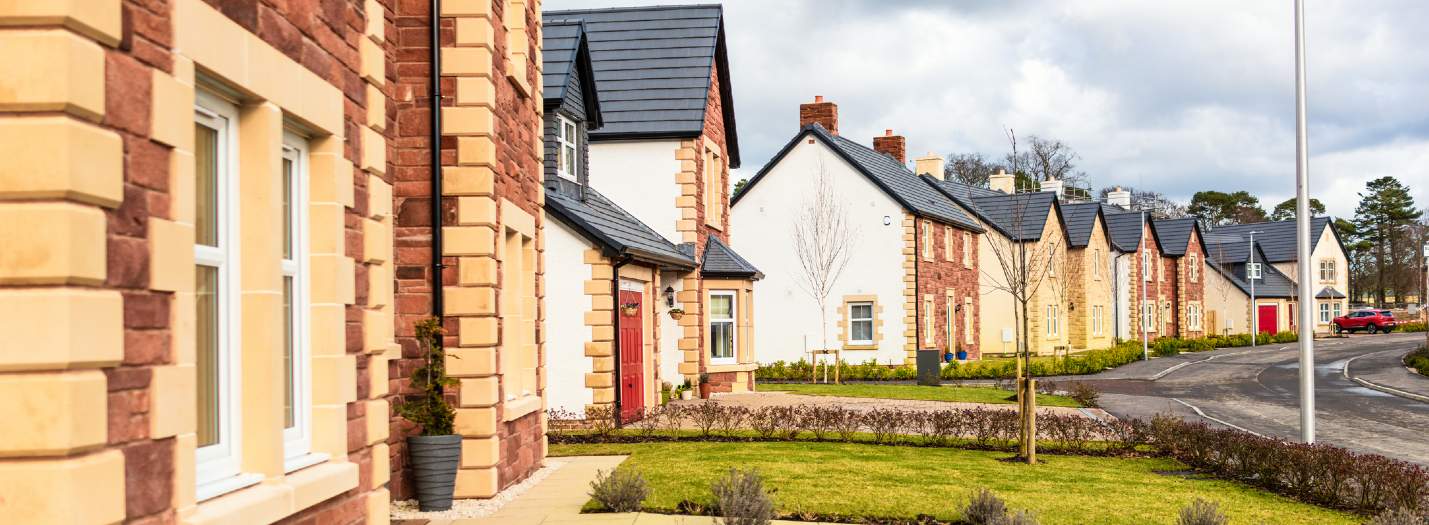Sector bounces back as constraints of lockdown are lifted
Covid-19 has impacted activity across all real estate sectors. But, it is testament to the fundamentals that underpin Build to Rent that the sector has been able to bounce back so quickly. We are now seeing new entrants to the sector as investors are seeking secure, long-term income streams while developers are progressing sites across the country.
A much brighter third quarter
During the last quarter (Q2 2020), development of Build to Rent assets and investment into the sector understandably slowed. Now, the number of homes starting construction has bounced back (+70% compared to Q2) while investment volumes have reached c. £2.7bn in the year to date all but matching the total deployed in 2019, with 3 months of the year still to go.
Given the low levels of investment in Q2, a strong rebound in Q3 was anticipated. Over £1.8bn of capital has been deployed this quarter which represents the highest ever quarterly total for the sector.
A number of existing investors committed to almost £900m worth of forward funding deals this quarter. Savills were involved in a number of these including deals for Get Living, Legal and General and Long Harbour. In addition to forward funds, a significant value of operational stock was traded in Q3.
New capital entering the sector
AXA’s acquisition of Dolphin Square marks their first foray into UK Build to Rent despite having invested €20bn into residential assets globally. In addition, more and more international investors are allocating capital into residential funds which will feed into Build to Rent. As with AXA, many investors will be looking to deploy capital into UK Build to Rent for the first time.
We have already seen a number of new investors raise significant amounts of capital in the last quarter alone.
Delancey Oxford Residential (DOOR), have received £260m and £150m from Allianz and Local Pensions Partnership respectively which will be used to invest in Get Living’s existing development pipeline and push them towards a market-leading position.
Meanwhile, Swedish firm EQT Real Estate and Sigma Capital have announced a £1bn joint venture that is targeting an initial 3,000 home portfolio across London (Zones 3-6), with hopes of mirroring the success of Sigma’s regional model.
Pension Insurance Corporation also entered the sector with a £130m deal for 520 homes at New Victoria in Manchester. This is the largest deal to occur outside of London in Q3.
Current Pipeline
The BtR stock includes 50,800 completed homes with a further 36,700 homes under construction. The future pipeline currently stands at over 84,000 homes, including those in the pre-application stage.
Just over 38,000 homes have already gained detailed planning permission but have not yet commenced construction. In Q3 alone, 17 schemes were granted detailed consent with capacity for c. 4,800 homes. This indicates a healthy supply of homes waiting to begin construction.
The number of Build to Rent homes starting construction has recovered well compared to the lows of the previous quarter. Ten schemes started construction this quarter with capacity for c. 2,800 homes, up 19% on the 2019 average and up 70% on Q2.
Two schemes started construction in London, the largest of which is Lewisham Gateway (Phase 2). Meanwhile, eight schemes started construction in the regions with Monk Bridge in Leeds and New Victoria in Manchester both set to deliver over 500 rented homes each.
There are currently just under 172,000 Build to Rent homes planned, under construction, and operational across the UK. Even if built out, this will only amount to 3% of the private rented sector by volume.
Despite the majority of schemes being based in city centres, and primarily delivering apartments (88% of operational stock), Build to Rent can work wherever there is a strong rental market. More recently, there has been increased appetite for the delivery of housing led, family targeted, Build to Rent schemes, such as those being delivered by PlaceFirst and Sigma. These tend to be located in suburban locations for which the term ‘Suburban Build to Rent’ has been coined.
There is increasing appetite among investors for pursuing the suburban or ‘single family’ model given the greater pool of demand for rented houses compared with flats- nearly twice as many private renters (63%) live in houses compared to flats.
In addition, we estimate that within the private rented sector (PRS) 53% (c.2.3 million households) live in suburban type markets where new supply has largely been delivered through buy to let investment. There have been c. 121,000 buy to let redemptions over the last three years, and the longer this continues, the greater the pool of demand for low-cost, family rental housing will become.
Over the past five years, UK Build to Rent has received high levels of investment and the sector has expanded considerably. However, professional landlords in the social housing sector have much larger rental portfolios (includes BtR) by comparison. Even if the pipelines of the 10 largest BtR operators are combined they would only place ninth on the list of top 20 Registered Provider (RP) rental portfolios.
Together, the 20 largest RPs in the UK make up c. 29% of the UK’s social rented sector while the 20 largest Build to Rent operators make up less than 1% of the PRS. Even if the long-term planning pipeline of the top 20 operators is realised, this will only amount to 1.5% of the PRS.
Thus, one of the key challenges UK Build to Rent investors are faced with relates to scale. What does true scale look like and how much scope for growth is there in the sector? And, how do the biggest players in the more established US Multifamily market stack up by comparison?
These are some of the questions to look out for in Savills Spotlight on Multifamily Report which will be published in Q4.
